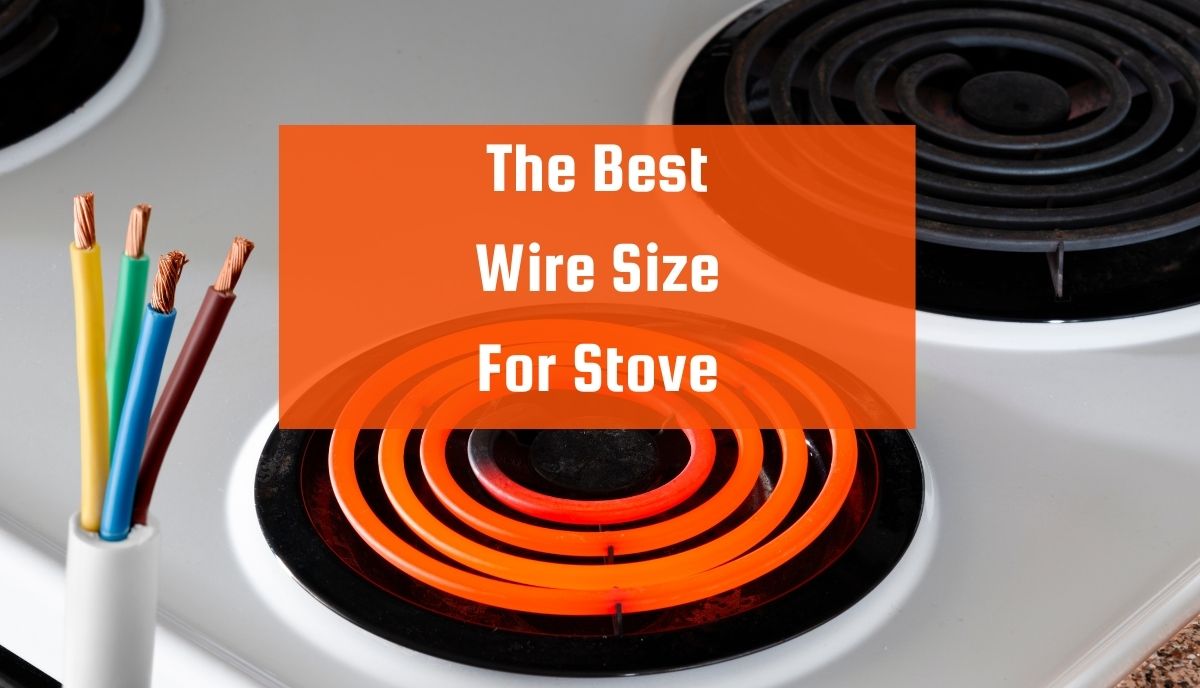6AWG is an excellent gauge for a stove because the cable can transmit 55 amps without overheating. However, the question of 6-3 VS 6-2 changes things somewhat. Technically, both options will run the stove because they can tolerate the same amount of power.
That first number (6) points to the gauge. The second number (2 or 3) is concerned with the number of conductors in the cable. If you open a cable’s jacket, you will see a red (or black), white, and green (or bare) wire, representing the hot, neutral, and live conductors.
The configuration above is common in a conventional 6-2 line with two conductors. Yes, the cable technically holds three wires. However, you don’t consider the ground. Focus on the current-carrying lines.
With a 6-3 cable, you have three wires: two hot wires (red and black) and a neutral (white) wire. Once again, you don’t look at the ground.
I recommend 6-3 for stoves and ovens because it offers a neutral for the 120V components. You need those separate neutral and ground wires.
You can make 6-2 work, but it would be illegal. The setup won’t pass an inspection in a commercial setting unless you live in an area where the local code is more lenient. After all, the local code takes priority over the NEC.
What Is The Difference Between 6-2 And 6-3 Wire When Wiring An Electric Stove?
Don’t confuse 6-2 with 6-3. While they start with the same numbers, these two cables differ:
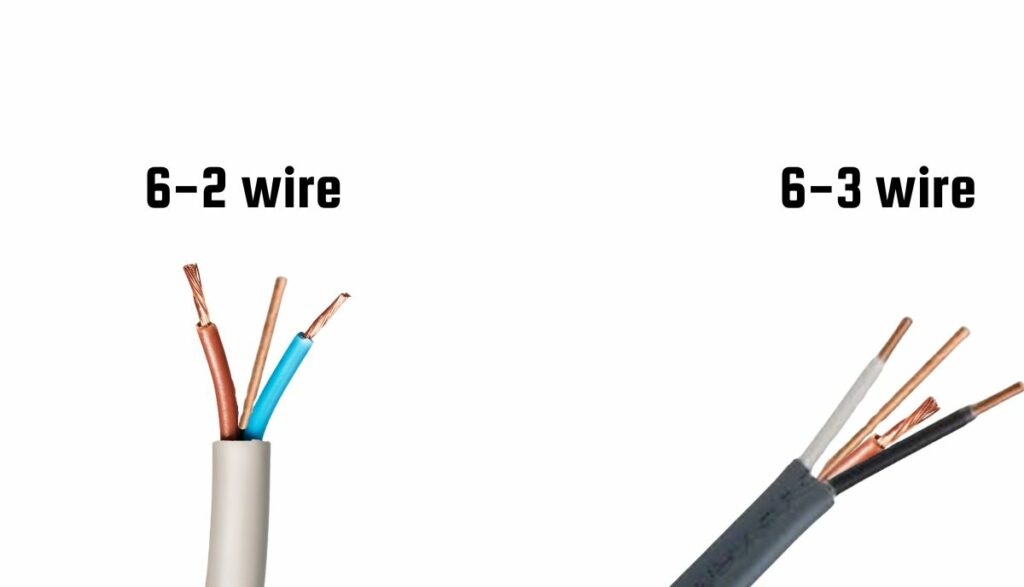
1). The gauge is the same. You can trust both 6-2 and 6-3 to carry 55 amps, depending on the temperature rating, wire type, and material.
2). 6-2 has two conductors. 6-3 has three conductors. You also have 6-4 with four conductors.
3). You’re more likely to find 6-3 in 240V systems. This is why it appears in heavy-duty 240V devices such as ovens and dryers. 240V runs the heating elements while 120V operates the controls and indicators. You may find the 2-conductor wire in lighter loads. You can apply a 3-wire cable to a three-phase delta configuration.
4). Most people know that thicker wires are more expensive than their thinner counterparts. You have more material in a thicker wire. But 6-2 and 6-3 are the same gauge. Does that make their cost the same?
No. 6-3 is more expansive because it includes an extra wire. This is part of the reason why some people use 6-2 in stoves. 6AWG is already expensive. They want to save money by using 6-2.
Are There Specific Electrical Codes Or Regulations Regarding Wire Size For Stoves?
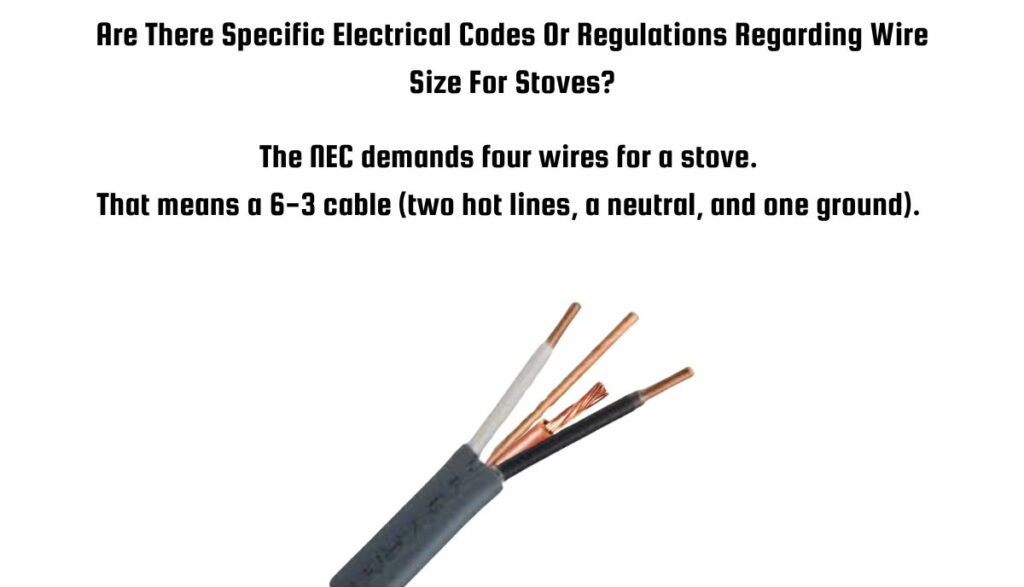
- The NEC demands four wires for a stove. That means a 6-3 cable (two hot lines, a neutral, and one ground). This requirement has remained unchanged since 1996.
- 3-wire configurations were the norm decades ago. The neutral was unnecessary because of the absence of 120V utilization. As such, if you move into an older house with a stove, don’t be surprised if the cabling is 6-2. You can ignore this problem for now. But remodeling will compel you to change the wiring to 6-3.
- You’re not restricted to 6-3. 10-3 and 8-3 are viable options.
- THHN/THWN metal and PVC conduits will defend against physical damage and moisture.
How Do I Determine The Correct Wire Size For My Particular Stove Model?
Technically, this question doesn’t matter if you have an appropriately sized circuit. After all, you intend to plug the stove into a wall outlet or hardwire the appliance. You will only run the stove if you trust the circuit to accommodate the electrical requirements of the appliance.
A licensed electrician should have installed a circuit large enough to withstand the stove. They would have added cables with the correct gauge. As such, you don’t have to concern yourself with the wire size.
But what if the breaker keeps tripping because of an overload? What if the wires are too small? What if the house is new, and you intend to wire the stove yourself? In that case, keep the following in mind:
1). How much power does the stove use?
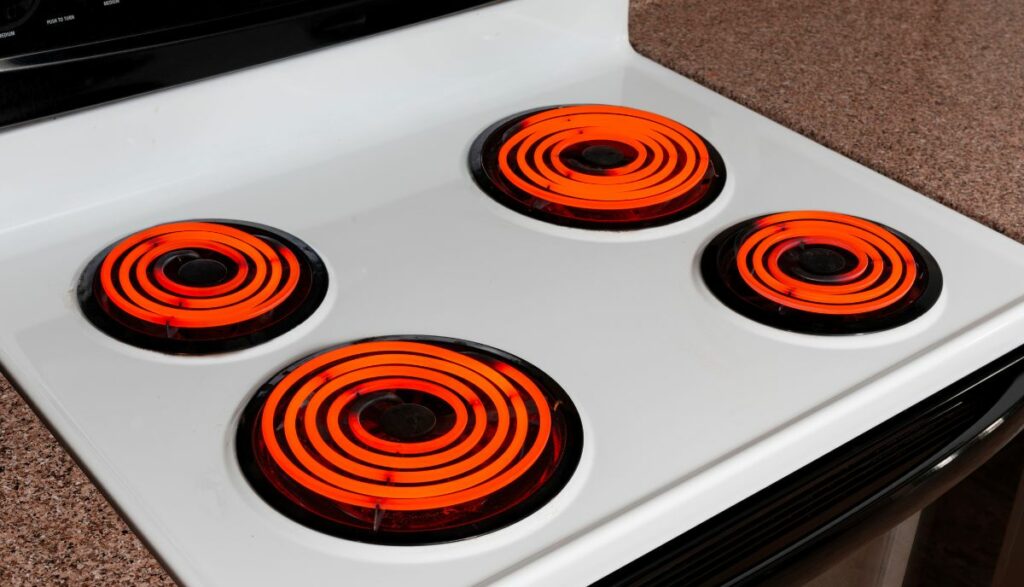
6-3 makes sense because it supports 55 amps. But that doesn’t mean your stove uses 55 amps. Small apartments use 30A ranges. You don’t need 6-3 for 30A appliances. 8-3 is more than adequate, especially for a dedicated circuit.
40A ranges appear in medium-sized and large homes. 50A ranges have unique cooking modes and a bigger collection of burners. 60A ranges work in commercial settings, such as kitchens in restaurants.
You need 4-3 for a 60A appliance. Don’t assume that 6-3 is always the right choice. Use this Wire Size Chart to identify the correct gauge for each ampacity. Check the stove’s nameplate to find the amps. If the manufacturer uses watts, convert the wattage into amps using the voltage.
2). How far will the cable travel?
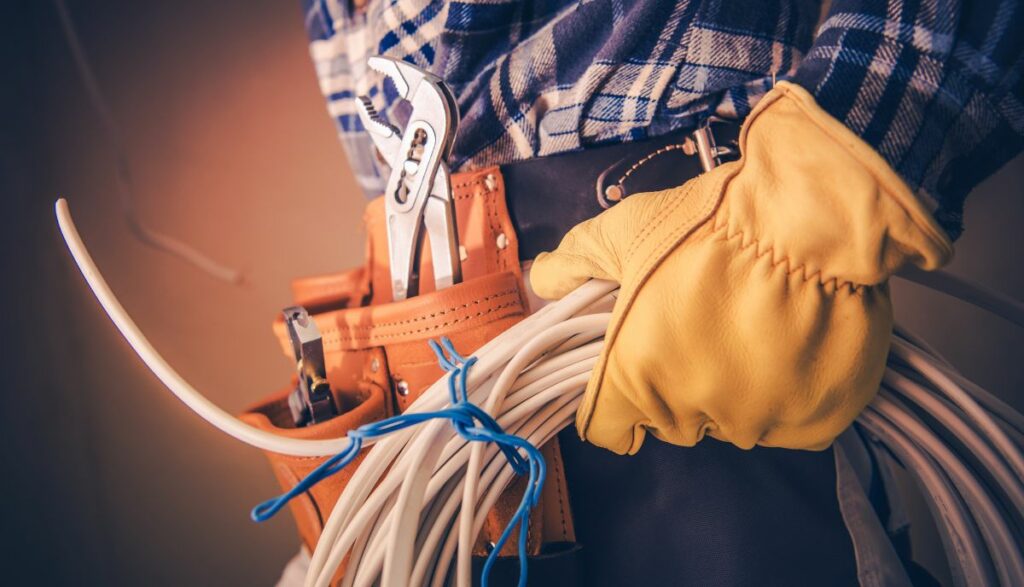
The bigger the distance, the longer the cable, the higher the resistance. Resistance is problematic because it increases the heat. A long cable with a powerful load can quickly start a fire.
You can reduce this risk by sending fewer amps through the conductors. But what if the load requires additional amps? Get a thicker cable that minimizes resistance even at long distances.
I have a table that shows the ampacity of 6AWG wiring at different temperature ratings and lengths. The amps reduce as the length increases.
3). Which material do you intend to use?
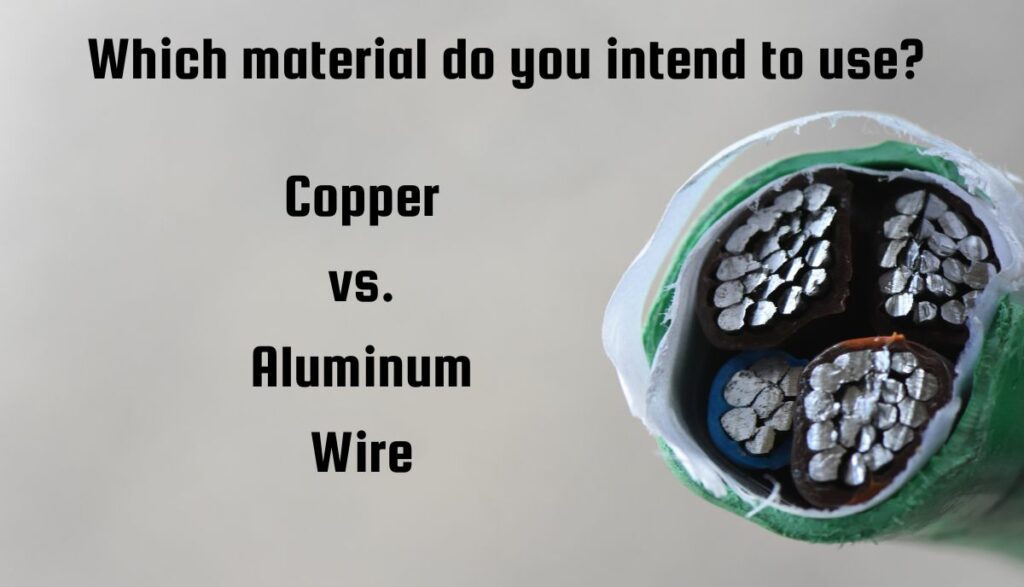
Copper sounds like the best choice because of its superior conductivity. However, the material is expensive. Additionally, aluminum is lighter and easier to use. You need a thicker wire to replace copper with aluminum because of the difference in conductivity.
If you don’t like either option, copper-clad aluminum is a great alternative. The core is aluminum within a copper exterior. It delivers the conductivity of copper and the light construction of aluminum.
4). Stranded VS Solid Wires
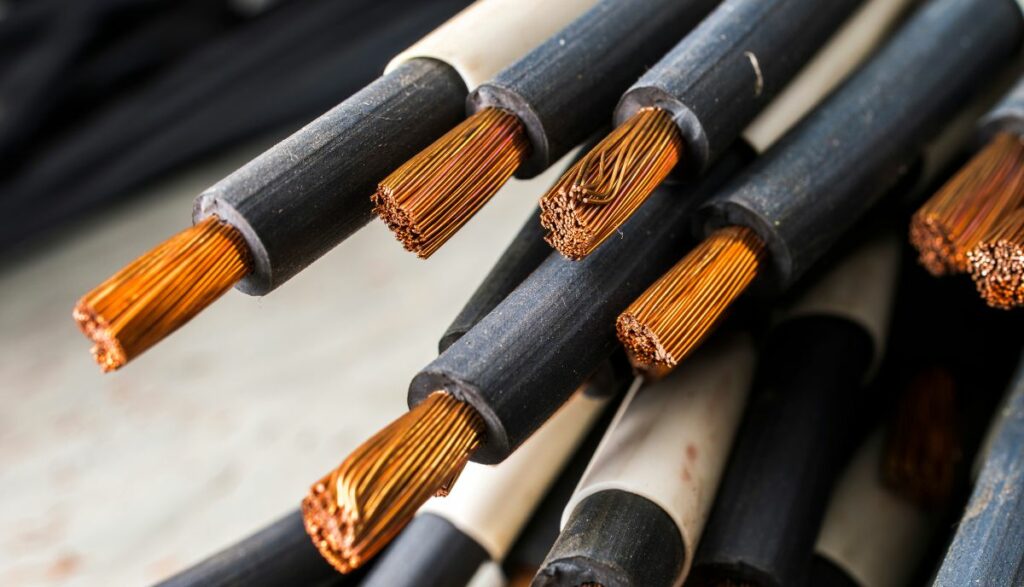
This won’t necessarily impact the wire size. However, it is worth noting that stranded wire is easier to use than its solid counterpart. This matters if you dislike copper because it is more difficult to manipulate. You could make things worse by getting a solid line.
Make sure the wire size matches the breaker size. Don’t forget that stoves use four wires with a receptacle boasting four slots, not three. 240V appliances require grounding.
What Are The Safety Considerations When Selecting 6-2 Or 6-3 Wire For A Stove?
You can apply 6-3 to a setup that requires 6-2. The extra wire is a mere inconvenience. You can cap it. However, using 6-2 in a configuration that calls for 6-3 is a mistake.
You will miss out on the third wire, which provides the grounding. Some people ignore the grounding because they don’t think it serves a purpose. You could also lose out on the neutral, which the 120V components require.
Are There Any Potential Risks Or Hazards Associated With Using The Wrong Wire Size?
- The heat will spike because of the high resistance in a small wire, leading to a fire.
- You may damage the stove because it can’t get sufficient power due to the elevated voltage drop. Don’t be surprised if the stove fails to start.
- A thicker wire is safer because it carries more current than a smaller line. However, it is also a waste of money because the thickest wires are the most expensive.
- A thick wire is heavier and more challenging to handle. This can make installation more difficult.
- If the cable doesn’t have enough wires, the installation will fail.
- An inspector will penalize you for contravening the local code or the NEC.
What Are The Benefits Of Using 6-3 Over 6-2 For A Stove Installation?
- The law expects consumers to use 6-3. Therefore, by using 6-3, you avoid hefty penalties.
- It provides a separate neutral and ground.

